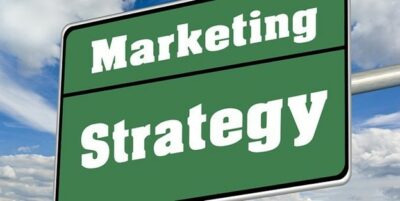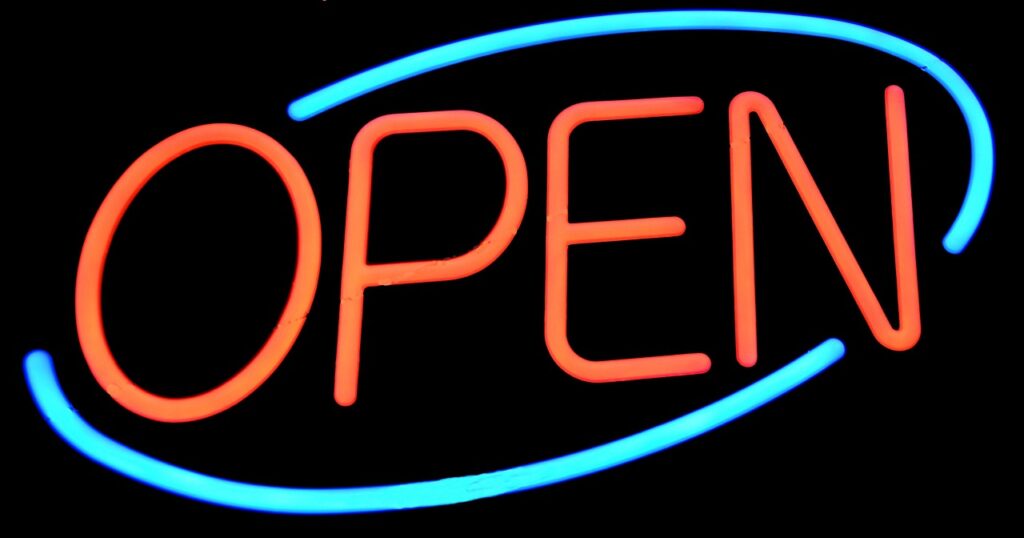The business world is changing all the time and it is important to know what are current business trends. Few small businesses stay up-to-date with the latest trends to remain competitive and successful.
Reasons for not doing so vary from difficulty understanding many trend reports, overuse of statistics and not being able to see how they can apply the information to their own businesses.
This article cuts out the fluff, and discusses 2023 business trends that should be on every company’s radar – and not only for small businesses.
What Are Current Business Trends? – General
Small businesses are still facing the challenges of outstanding debt, supply chain issues and labor shortages brought on by the pandemic.

With restriction being eased and rolled back, addressing these 3 areas remain the immediate focus of most businesses as they slowly recover, notwithstanding other business problems.
Outstanding Debt and Finances
Many small businesses were hit hard by the pandemic and needed external financing in order to survive as cash reserves were quickly depleted.
While the government provided some financial support and relief, small businesses knew that this could not last forever. As restrictions were lifted, managing outstanding debt, general maintenance and customer acquisitions are key areas of focus.
Traditional banking lending methods may be more restrictive with high interest rates, and small businesses may have to explore alternative borrowing methods.
To remain sustainable, eliminating outstanding debt is a major trend for most small businesses forcing them to look to ways to “trim the fat, make their operations more lean to run more efficiently.
What Are Current Industry Trends? – Supply Chain Disruptions
Typical of most businesses, about 89% of small businesses reported being impacted by supply chain disruptions during the pandemic. Sectors that were most significantly impacted were construction, manufacturing, wholesale, retail, and agriculture.
Supply chain disruptions ranged from increased prices of goods and services, delays in shipments and increased costs of shipping. Many small business owners reported business cost increases by more than 20%.
Getting supply chain problems resolved to pre-pandemic levels will take time and problems are expected to linger over 2023.
Consequently, businesses need to adapt by introducing long lead times for delivery of critical parts and equipment to be used by their operations.
Labor Shortages
Traditional full-time employment may become a thing of the past as organizations shift to contract-based hiring for remote workers.
This is a trend away from traditional hierarchical structures and hiring and retaining experienced workers is a challenge.
Labor shortages tend to impact bigger businesses more than smaller ones. To face these labor obstacles, small businesses are beginning to rely on their employees to put in more working hours.
What Are Current Marketing Trends?
The landscape of small business marketing has evolved drastically over the years. Small businesses must now navigate a changing digital marketing landscape, and the competition for customers and their loyalty has never been more fierce.
As a result, regularly looking at emerging trends in the market will help small businesses adjust their strategies accordingly.
Current small business trends in marketing include:
Increase in Social Media Spending
More and more small businesses are recognizing the value of social media in connecting with their target audience and driving traffic to their websites and stores.
According to research conducted in 2022, 71 percent of small businesses now use social media as a primary marketing tool.
Small businesses are also increasing their spending on social media campaigns as they recognize that targeting potential customers is a cost-effective way of customer acquisitions.
It is also necessary to measure social media campaign success with effective analytics.

Paid Advertising
In addition to increasing their spending on social media campaigns, many small businesses are investing in paid advertising, such as pay-per-click (PPC) advertising or banner ads.
Because of its targeting capabilities, these forms of online advertising allow them to show their ads to potential customers more precisely and convert them into sales.
As an example, a small business might use PPC advertising to target those who have recently searched for a certain product or service.
By using sophisticated targeting capabilities that enable them to determine, for instance, the age or location of their potential customers, they can further increase their return on investment (ROI).
Retirement of Traditional Press Releases
Small businesses must recognize that traditional forms of advertising, such as press releases, no longer have the impact they used to have.
Instead, multimedia content such as videos or virtual reality experiences have become much more popular with businesses seeking to reach out to customers.
These types of content allow them to engage with their consumers in a new and creative way while also enabling them to showcase their product or services in an immersive way.
As a result, multimedia content is expected to provide better ROI than traditional press releases going forward.
Current Trends in Technology For Small Businesses
Technology has always been an important factor in business success, and this is even more apparent within the context of the digital age. T
Today’s small businesses need to be up-to-date on the latest trends to remain competitive within their industry. Here are some of the current tech trends that small businesses should take note of:
Artificial Intelligence (AI) and Virtual Reality (VR) Technologies
AI and VR technologies will allow smaller businesses to compete in an increasingly competitive market by providing immersive customer experiences and improving customer service.
AI can help businesses automate processes such as customer data mining or communication while VR can allow businesses to offer virtual reality experiences that allow them to “test drive” products before buying them, thus allowing them to stand out from the competition.
Use of Big Data and AI To Create Customer Personalization
Big data technology has enabled organizations, including small businesses, to get insights into customer behavior that they could not get before.
This data can then be harnessed by AI algorithms that can help companies create highly personalized experiences tailored specifically for individual customers.
This level of personalization will become increasingly important as customers demand unique experiences from brands that reflect their values and preferences.
As a result, small businesses should invest in technologies such as AI-driven customer segmentation and personalization algorithms that will enable them to deliver these kinds of experiences.
Trends in Human Resources
In addition to keeping up with technology trends, it is also important for small business executives to pay attention to changes in labor regulations and laws that may affect their operations.
Here are some human resources-related trends that may shape how small businesses operate going forward:
Possibility of Increase in Minimum Wage
A significant factor impacting how much money employees receive for working at entry-level positions is minimum wage rates which vary by province or state and tend to increase over time due to inflation or rising costs of living.
This means that companies must be aware of possible changes in minimum wages as they plan out their budgets to make adjustments as necessary to remain competitive while also compensating employees fairly.
Paid Leave Could Become Law (in U.S)
State legislators have responded differently regarding passing paid leave laws which give employees time off with pay when they need it due to illness or family issues or other reasons.
13 states have already passed legislation regarding paid leave, and others are debating about it currently. If these laws are passed, this would be another factor affecting how much employers need to budget when paying employees.
They would need to set aside funds for paid leave instead of only paying employees’ salaries during work hours.
Conclusion
The business world is evolving at a rapid rate, and every organization must stay ahead of the curve to remain competitive and successful.
Key 2023 business trends include offsetting outstanding debt, addressing supply chain disruptions and tackling labor shortages.
Other trends are seen in social media advertising, technology and human resources. These serve as a springboard to prepare for success in the year.
For assistance, CONTACT US HERE
References
CFIB Infographic (2022) Small Businesses and Their Supply Chain Issues https://www.cfib-fcei.ca/en/research-economic-analysis/small-businesses-and-their-supply-chain-issues-infographic
The 8 Biggest Business Trends In 2022 – forbes.com/sites/bernardmarr/2021/11/01/the-8-biggest-business-trends-in-2022/?sh=6a1aefb321da
2023 Small Business Trends and Predictions – businessnewsdaily.com

